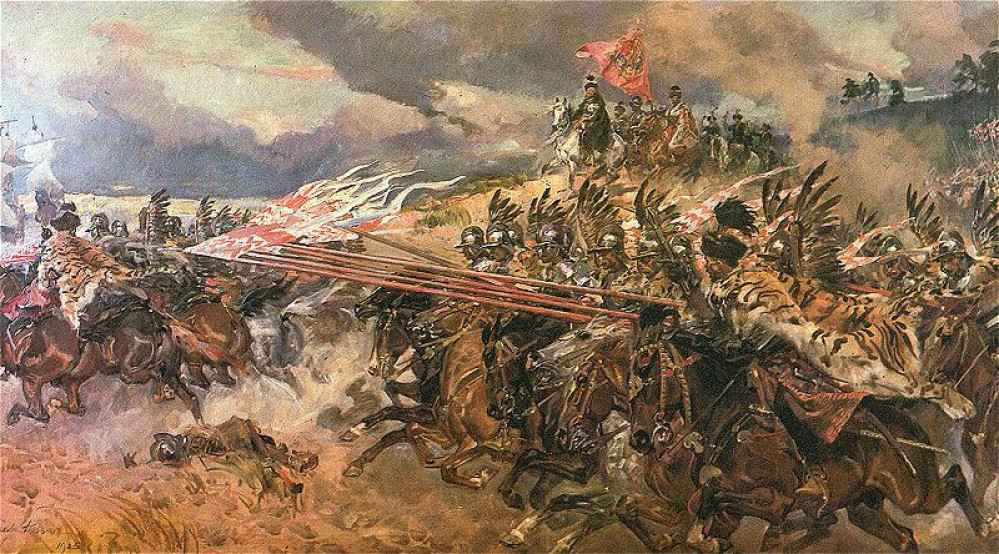
Husaria - Building a Polish army for the 1620s
Building the Background
There is a lot of superficial information available, especially on the internet, covering the Polish Hussars, which is great to get an overview and some historical eye-candy. If you want to delve a bit deeper then luckily Osprey have an excellent volume, in their Warrior series, that covers them in some detail (https://ospreypublishing.com/polish-winged-hussar-1576-1775-pb). There is also an even more detailed treatise available in Polish, ‘Husaria’ by Radoslaw Sikora, often available on Amazon (https://www.amazon.co.uk/dp/8324054685/ref=cm_sw_em_r_mt_dp_YI63FbDD4S0BQ). These are both lovely books, and worth reading even if you only have a passing interest in the subject.
When collecting an army I like to base it on a particular historical campaign, and may be also a particular battle. This helps me define some parameters for the force, and gives me some focus to my research. As I wanted to use my TYW Swedish army as the opponent for the Poles, I decided on the campaign in Prussia in the late 1620s. Between 1626 and 1629 Gustav Adolph, and his Swedish army, invaded the Polish territory of Prussia in an attempt to take control of Gdansk. The battle in this campaign that tempted me most was Tczew (or Dirschau in German) in 1627, where there are large clashes of Polish and Swedish cavalry.
Helion have just published a book specifically on the Polish army for this campaign against the Swedes. It is called Despite Destruction, Misery and Privations and is written by Michał Paradowski. I am sure this will become the standard work on this period for the Poles (https://www.helion.co.uk/military-history-books/despite-destruction-misery-and-privations-the-polish-army-in-prussia-during-the-war-against-sweden-1626-1629.php).





























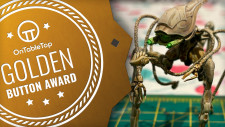


![TerrainFest 2024! Build Terrain With OnTableTop & Win A £300 Prize [Extended!]](https://images.beastsofwar.com/2024/10/TerrainFEST-2024-Social-Media-Post-Square-225-127.jpg)
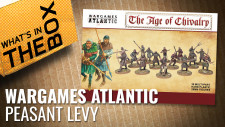
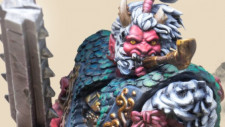
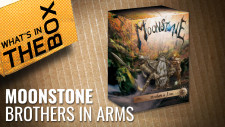





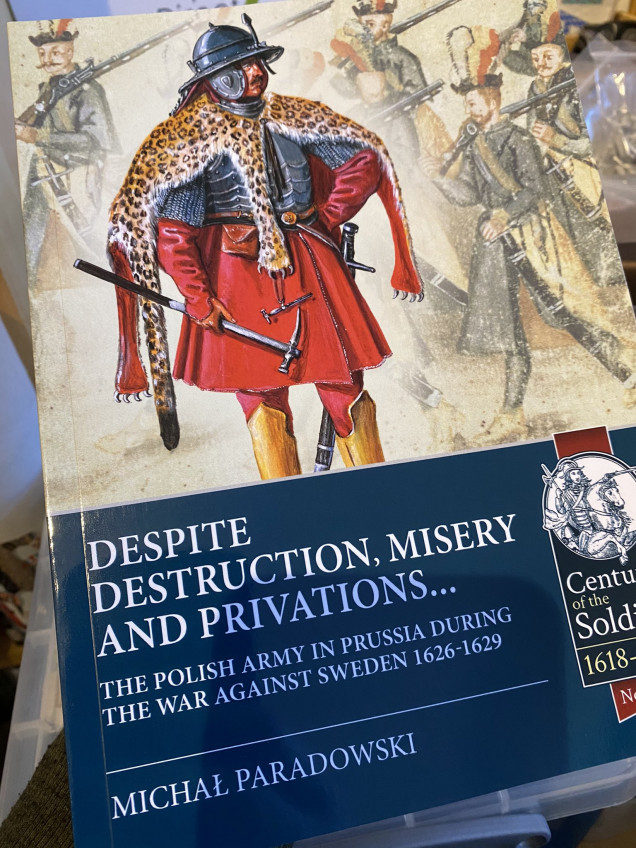




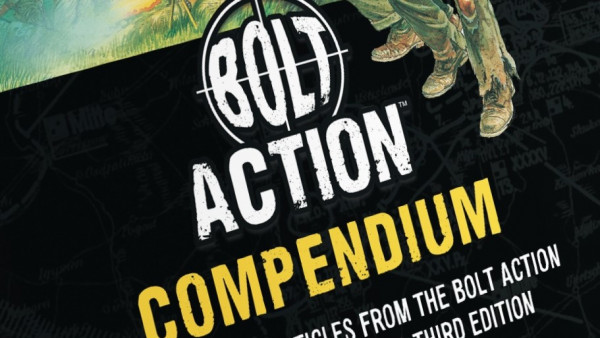
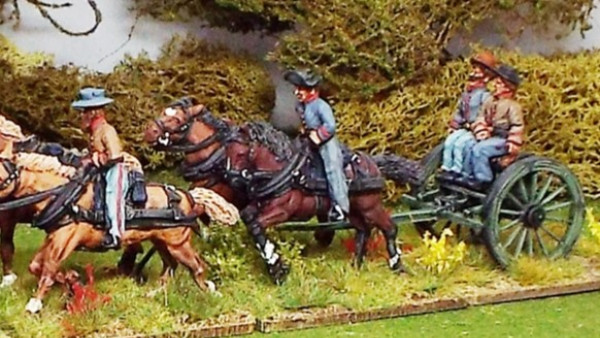




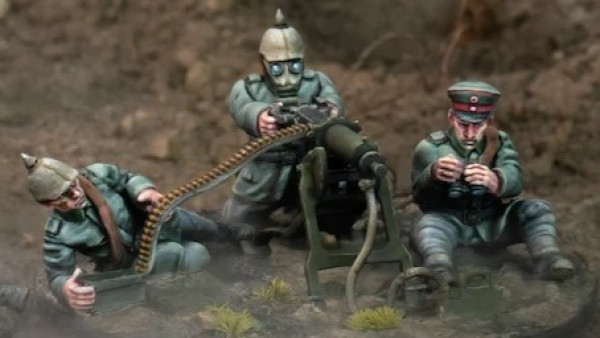

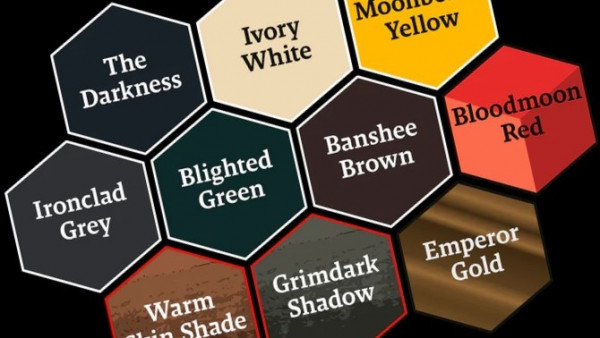




















Leave a Reply